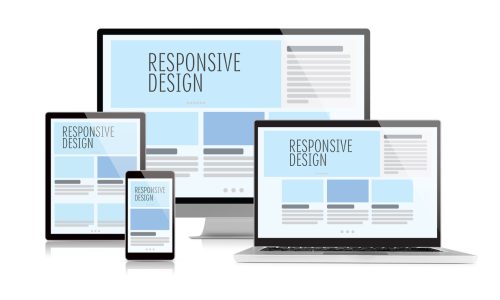
The Evolution of User Experience: Trends in Web Design
- admin
- 28 November 2023
- Uncategorised
- 0 Comments
User experience (UX) in web design has undergone a remarkable transformation over the years. From static pages to interactive, user-centric experiences, the evolution of UX design has been shaped by technological advancements, changing user behaviors, and emerging design philosophies. Understanding the trends in web design can provide valuable insights into the evolution of user experience and how it impacts the way we interact with the digital world.
Static to Interactive: Shifting Paradigms
In the early days of the internet, websites were primarily static, with limited interactivity and basic designs. However, the evolution of technology and the introduction of dynamic scripting languages like JavaScript brought about a shift towards more interactive and engaging web experiences. This shift allowed for elements like animations, sliders, and dynamic content, enhancing user engagement.
Mobile Responsiveness and Beyond
The proliferation of mobile devices prompted a significant change in web design philosophy. Websites began to prioritize mobile responsiveness, ensuring seamless user experiences across various screen sizes. Responsive design became a standard practice, leading to the development of adaptive layouts and mobile-first design strategies.
Minimalism and Simplicity
A trend towards minimalism emerged as designers realized the impact of clutter-free, intuitive interfaces on user engagement. Simplified designs with ample white space, clear typography, and intuitive navigation became prevalent, focusing on delivering content in a straightforward manner while reducing cognitive load for users.
Personalization and Customization
The era of personalized user experiences gained momentum with advancements in data analytics and machine learning. Websites started leveraging user data to deliver tailored content, recommendations, and personalized interactions, aiming to create a more engaging and relevant experience for each visitor.
Immersive Experiences: AR, VR, and Microinteractions
As technology continues to advance, web designers are exploring immersive experiences through technologies like augmented reality (AR) and virtual reality (VR). Additionally, microinteractions—subtle animations or feedback—have become integral in enhancing user engagement by providing responsive and delightful interactions.
Accessibility and Inclusivity
Web design trends have also shifted towards prioritizing accessibility and inclusivity. Designers are focusing on creating websites that are usable by individuals with disabilities, ensuring compliance with accessibility standards and guidelines to provide equal access to information for all users.
Sustainability and Eco-Friendly Design
With growing environmental concerns, the concept of sustainable web design has emerged. Designers are adopting eco-friendly practices, optimizing websites for energy efficiency, reducing carbon footprints, and using renewable resources whenever possible.
In conclusion, the evolution of user experience in web design is a dynamic journey shaped by technological advancements, user needs, and design innovations. Understanding these evolving trends allows designers and developers to create more intuitive, engaging, and user-centric web experiences. As we move forward, the focus remains on enhancing user satisfaction, accessibility, and innovation while adapting to the changing landscape of digital experiences.



